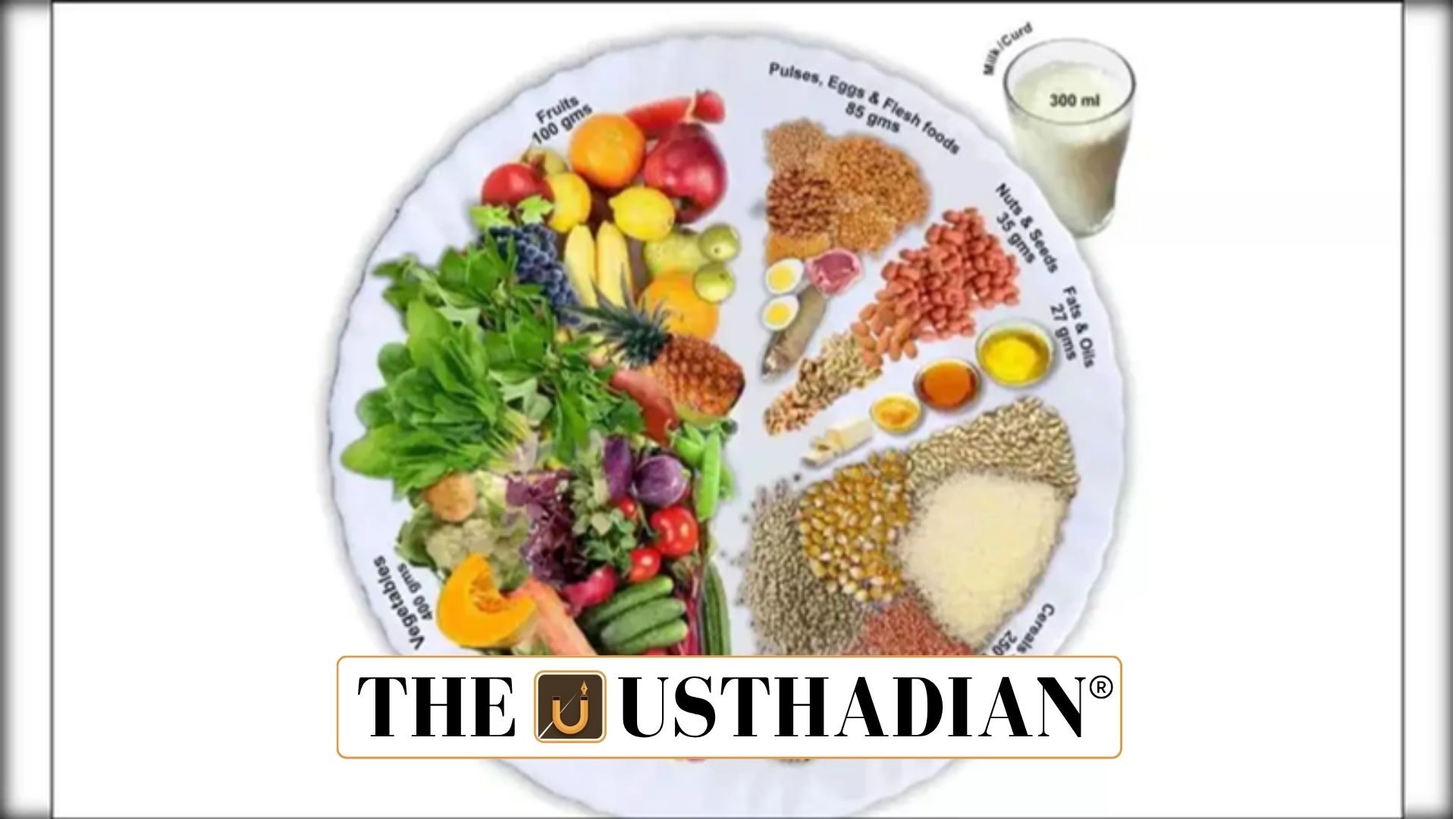Calorie intake in India sees marginal decline
Nutritional Intake in India Report: The National Statistics Office (NSO) has released new data on nutritional intake based on the Household Consumption Expenditure Surveys conducted in 2022–23 and 2023–24.
According to the report, the average per capita daily calorie intake saw a slight dip. In rural India, it decreased from 2233 Kcal in 2022–23 to 2212 Kcal in 2023–24. In urban areas, the drop was from 2250 Kcal to 2240 Kcal during the same period.
Cereals still dominate protein intake
Cereals remain the primary source of protein in Indian diets. However, there is a noticeable decline in their share over the years. Compared to 2009–10, the protein contribution from cereals fell by approximately 14% in rural and 12% in urban India.
This decline has been partly offset by a rising intake of other protein-rich items such as eggs, fish, meat, and milk products.
Static GK fact: India is the world’s largest producer of milk, contributing over 22% of global milk production.
Income and nutrition go hand in hand
The report shows a direct correlation between Monthly Per Capita Consumption Expenditure (MPCE) and calorie intake. As people spend more, their nutritional intake improves, both in quantity and quality.
Notably, higher MPCE groups consume a greater variety of food, with more inclusion of nutrient-rich and protein-rich foods.
Static GK tip: The MPCE is a crucial measure used in poverty estimation and was central to the Tendulkar Committee methodology for poverty assessment in India.
Gap between richest and poorest is narrowing
One of the key highlights of the report is the narrowing gap in calorie consumption between the bottom 5% and top 5% of the population, ranked by per capita expenditure. This indicates a positive shift in food access and affordability, especially among the lower economic strata.
Such a trend may reflect the impact of government welfare schemes, improved rural connectivity, and direct benefit transfers on household nutrition.
Implications for policy and food programs
This report provides valuable input for policymakers working on food security, nutrition programs, and public distribution systems. The data suggests that while calorie levels are stabilizing, the quality of intake is gradually improving with diversification.
Programs like POSHAN Abhiyaan, Mid-Day Meal Scheme, and PM Garib Kalyan Anna Yojana continue to play a pivotal role in bridging the nutritional gap.
Static Usthadian Current Affairs Table
Nutritional Intake in India Report:
| Topic | Detail |
| NSO Full Form | National Statistics Office |
| Survey Base | Household Consumption Expenditure Survey 2022–23 and 2023–24 |
| Rural Calorie Intake | 2233 Kcal (2022–23), 2212 Kcal (2023–24) |
| Urban Calorie Intake | 2250 Kcal (2022–23), 2240 Kcal (2023–24) |
| Major Protein Source | Cereals |
| Decline in Cereal Protein Share | ~14% (Rural), ~12% (Urban) since 2009–10 |
| MPCE Meaning | Monthly Per Capita Consumption Expenditure |
| Static GK Milk Fact | India: World’s largest milk producer |
| Gap Reduction | Calorie gap between top 5% and bottom 5% narrowed |
| Policy Relevance | Useful for food, health, and welfare planning |








